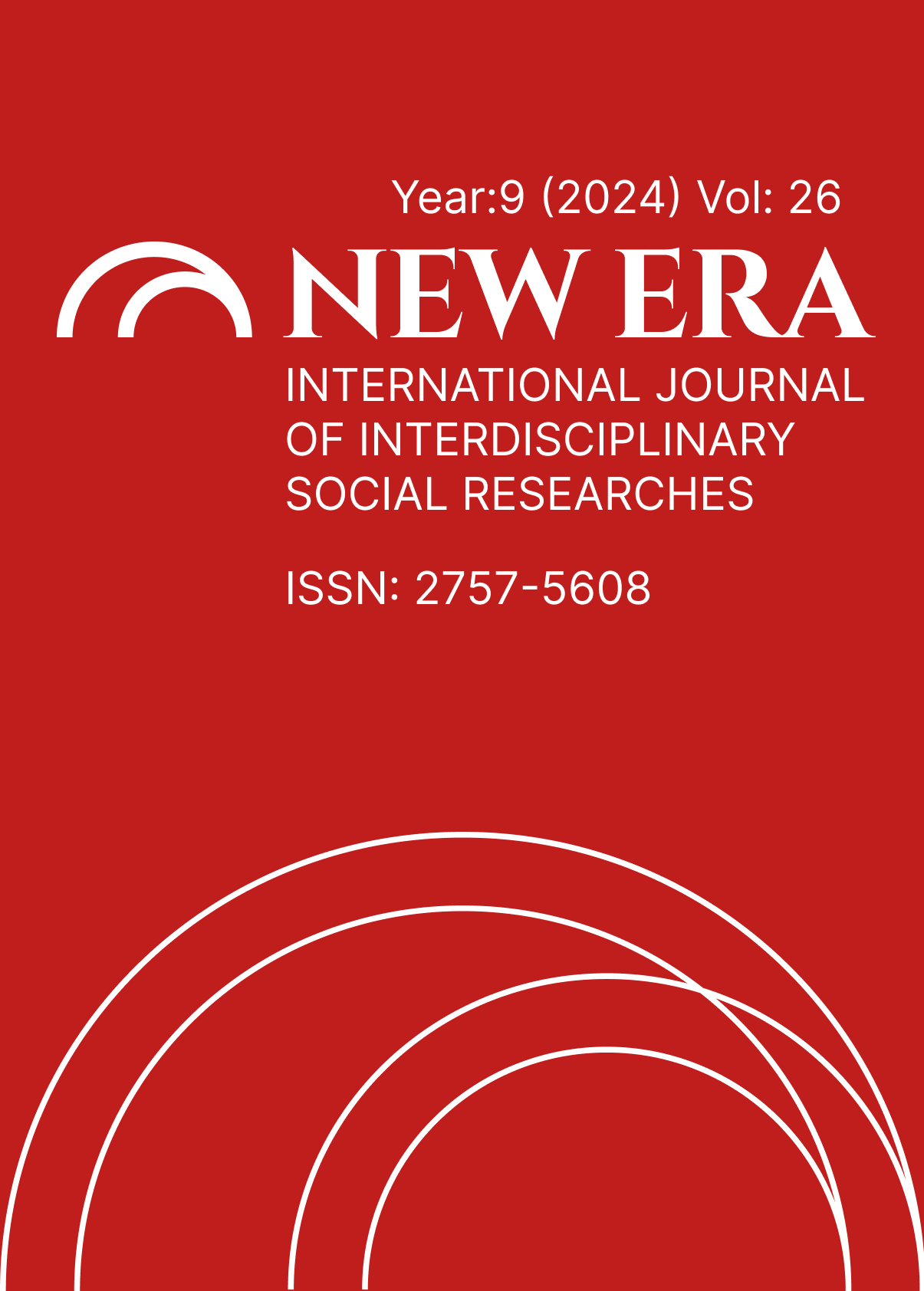CRITICAL ANALYSIS ON A NARRATIVE DISCOURSE: FOX 8 BY GEORGE SAUNDERS
DOI:
https://doi.org/10.5281/zenodo.14551462Keywords:
Literary discourse, Fox 8, George Saunders, CDAAbstract
Critical Discourse Analysis is an analytical method applied to literary and other discourses. Its goal is to identify the explicit or implicit ideological elements in the discourse while also attempting to understand the intended action of the author because a fundamental idea and ideological knowledge are embedded in every discursive structure, and every discourse result in an action. Fox 8, a story with an animal narrator, is the product of the extraordinary imaginative talents of George Saunders. It is an unordinary story with its title and linguistic features. It is narrated with a sentimental quality that evokes pity or sadness. Narrator and main story person Fox 8 is a special fox. He is a dreamy and curious fox. He learns to speak Yuman (human) from sitting outside a window as a mother reads bedtime stories to her kids. The fox misspells many of the words, and the story begins by apologizing to the reader about his misspellings. But Fox 8’s language is often very funny, and the reader soon becomes accustomed to the linguistic malapropisms Saunders uses in representing the contemporary American idiom such as “I woslike: Fox 8, crazy nut, when sun goes down, werld goes dark, skedaddle home”; “Dude, chek me out”; “I was fast and nated”. Essentially, Fox 8 is about the damage of animals’ natural habitats and their extinction due to humans destroying forests and building shopping malls in their place. This study aims to analyze this childish fable, which tells the story of man, who is an enemy of nature and who mercilessly harms nature through the eyes of a fox, who gives a moral lesson to humanity. It also detects Saunders’ message that sounds like exactly the kind of advice humanity needs right now through the misspelled words of Fox 8: “If you want your Storys to end happy, try being niser.”
References
Austin, John Langshaw. How to Do Things with Words. Oxford. 1962.
Dickens, Charles. A Tale of Two Cities, Dent: London and Melbourne Everyman’s Library. 1983.
Dijk, Teun. A. van. Elite Discourse and Racism. Newbury Park London, New Delhi: Sage Publications, 1993.
Eagleton, Terry. Literay Theory, United States, The University of Minnesota Press, 2003.
Eagleton, Terry. Ideology, Verso, London New York, 1991.
Kaya, Cansu. & Çolak, Fatma Nesibe. “Aydınlanma, devrim ve şiddet bağlamında İki Şehrin Hikayesi’ni okumak”. RumeliDE Dil ve Edebiyat Araştırmaları Dergisi, (39), (2024), 345-358. DOI: 10.29000/rumelide.1469427.
Saunders, George. Fox 8, Random House, New York. 2013.
Toska, Sezgin. Ekokurgu. Yeni İnsan Yayınevi, İstanbul. 2017.
Yıldız, Funda Uzdu & Günay, Veli Doğan. “Yazınsal Söylemin İdeolojik Boyutu”. Synergies Turquie n° 4, 153-167, (2011).
https://www.seslisozluk.net/malapropism-nedir-ne-demek/ Access Time: 20.09.2024.
https://www.oed.com/dictionary/nated_adj Access Time: 02.10.2024.
https://www.italki.com/en/post/question-259616 Access Time: 02.10.2024.
https://www.merriam-webster.com/dictionary/Yuman Access Time: 12.06.2024.
Downloads
Published
How to Cite
Issue
Section
License
Copyright (c) 2024 NEW ERA INTERNATIONAL JOURNAL OF INTERDISCIPLINARY SOCIAL RESEARCHES

This work is licensed under a Creative Commons Attribution-NonCommercial 4.0 International License.


